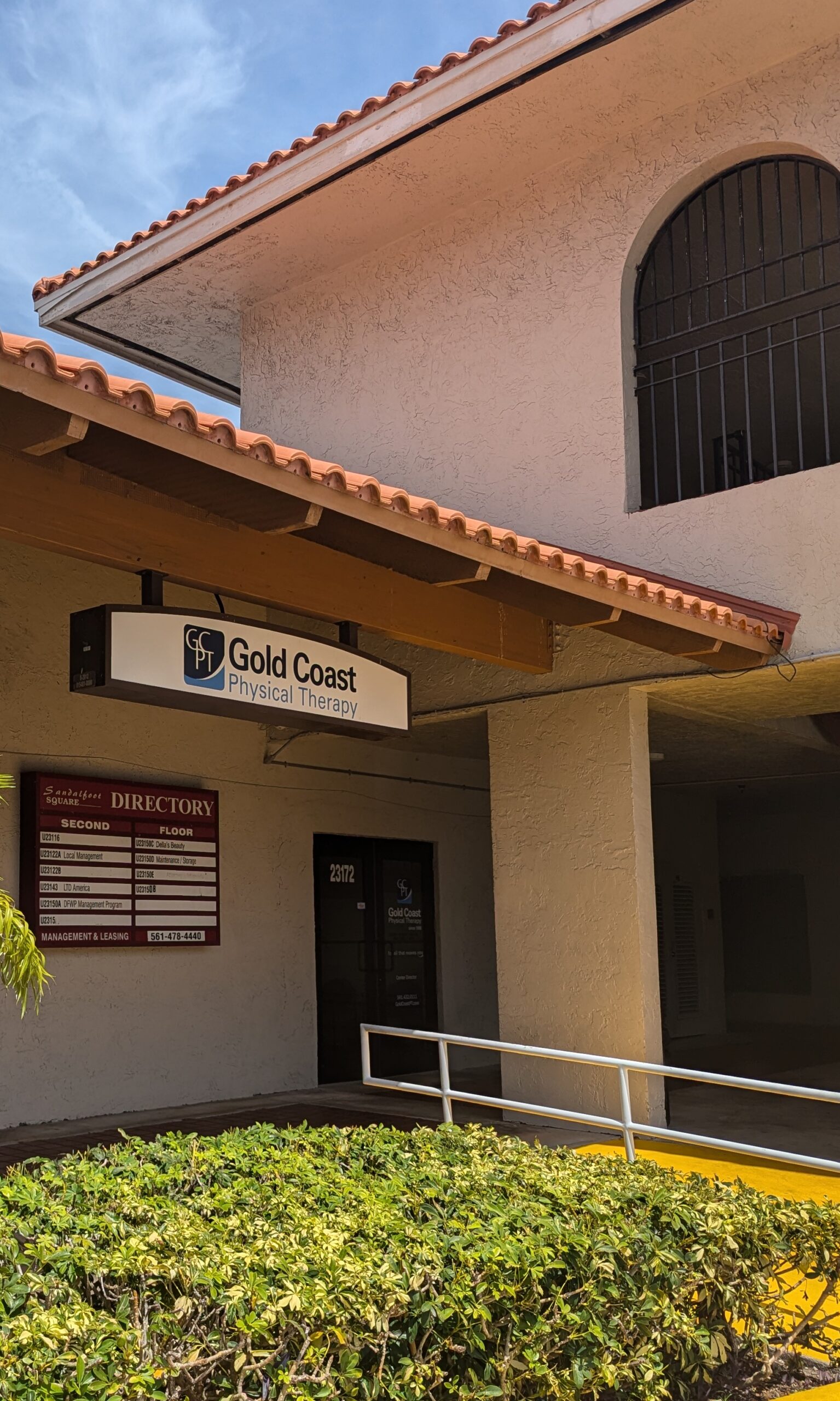Rehabilitation Strategies Normalize Balance Function in a Cohort of Patients Up to 99 Years!
Daniel A. Deems, MD, PhD, Rhonda O. Deems, PhD, Bert W. O’Malley, Jr, MD
Imbalance is a major health problem affecting 90 million Americans and is the primary risk factor in falls, which consume $50 billion annually in medical costs (US). A person is often unaware of their balance challenge and its potential impact on fall risk and subsequent injury. Even when balance deficits and fall risk are realized, older patients may not pursue intervention for their disorder due to a fatalistic view of their advanced age.
COMPUTERIZED DYNAMIC POSTUROGRAPHY (CDP)
In this retrospective study, a cohort of older patients who had completed a course of vestibular rehabilitation therapy was studied for extent of recovery using computerized dynamic posturography (CDP) as the outcomes measure. The study group was comprised of sequential outpatients from a community-based balance treatment facility for whom pre- and posttherapy CDPs were available for analyses.
Patients had been referred for imbalance, vertigo, unsteadiness, and falls—age range 66 to 99 years. Balance function, measured by composite sensory organization test (SOT) CDP scores, improved on average 35%.
A subset 10 years above this eldest norm,(range 85 to 99 years), was then analyzed. Results revealed an improvement in balance function of 42%, with average post therapy SOT score of 74.2.
Data confirms that vestibular therapy programs can significantly recover, if not normalize imbalance even to age 99.
The Benefits of Balance & Fall Prevention Programs
Given that the eldest participants were well above average life expectancy in the United States (78.9 years), this study could be used by allied health professionals to encourage older patients to engage in balance and falls prevention programs.


